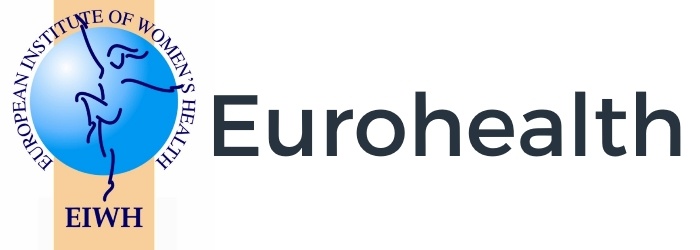Women and Vaccination in the EU – 2017
Promoting a EU Life-Course Immunisation Strategy
Infectious diseases have and continue to pose serious threats to public health, especially in the developing world. Worldwide, smallpox has been eradicated and polio has been almost eliminated. However, there are a number of infectious diseases that continue to plague society worldwide such as malaria, Ebola, Zika, HIV/AIDS and tuberculosis. Developing effective vaccines for those diseases and more would greatly benefit both society and individuals. Despite past successes, if and when immunisation is considered today, it is primarily discussed in the context of childhood vaccination preventing common diseases, such as diphtheria, measles, pertussis, rubella, mumps and poliomyelitis (polio) or if there is a disease scare.
Many Europeans seem to lack awareness of the threats of infectious disease and the importance of immunisation as an effective societal public health measure. Vaccines protect society broadly and vulnerable individuals who cannot be vaccinated for medical reasons specifically. Immunisation also protects opponents who will not be immunised due to beliefs. Apart from protecting individuals, vaccination also prevents infectious diseases from spreading to vulnerable groups, such as people with underlying chronic conditions (like asthma and diabetes), pregnant women and older people. Public health stakeholders, healthcare professionals and policymakers must weigh up societal and human rights, the rights of the individual versus the needs of the community, with regard to vaccination. A balance must be struck between various social, cultural and religious norms, beliefs, rights and needs to prevent future crisis.
Vaccines: The Basics
Currently, there are about twenty vaccines in use worldwide for diseases such as
- diphtheria,
- haemophilus influenza type b (Hib),
- hepatitis B,
- human papilloma virus (HPV),
- influenza,
- measles and rubella,
- mumps,
- pertussis,
- poliomyelitis (polio),
- rotavirus,
- tetanus,
- tuberculosis,
- meningococcal disease (meningitis and septicaemia) and
- invasive pneumococcal disease (pneumonia and meningitis).
About twenty new or improved vaccines are anticipated in the near future.
i According to the World Health Organization, immunisations save more than three-million lives annually.
ii.A further three million more deaths of both children and adults could be prevented by vaccination
